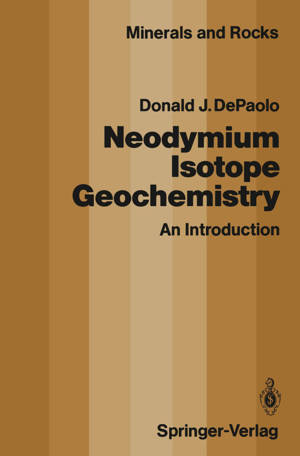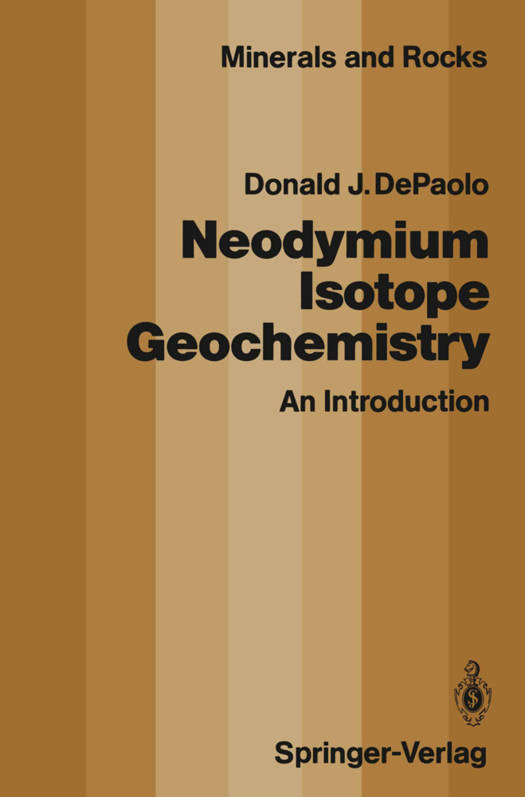
- Afhalen na 1 uur in een winkel met voorraad
- Gratis thuislevering in België vanaf € 30
- Ruim aanbod met 7 miljoen producten
- Afhalen na 1 uur in een winkel met voorraad
- Gratis thuislevering in België vanaf € 30
- Ruim aanbod met 7 miljoen producten
Zoeken
Omschrijving
This monograph was begun with two objectives in mind. The first was to provide a review of research involving the application of neodymium isotopic measurements to pro- blems in earth science. In the process of organizing to do this, I realized that the research in this field had produced a need for an updated review of the underlying paradigms. This need had arisen because of the special properties of the samarium-neodymium isotopic system, and because the research had transgressed the traditional boundaries be- tween the subfields of earth science. Without such a review, the significance of the results seemed likely to remain un- necessarily obscure to interested scientists from related disciplines. Consequently, the second objective became the provision of a theoretical framework for the application of neodymium isotopic studies. Much of what this contains is not new, but it is drawn together here for the first time. At the time the writing was initiated, the literature of the field was still relatively limited. Over the past 5 years it has grown enormously. Considering the rate at which the writing progressed, it became clear that this could not be a fully up-to-date review and still reach completion. The selection of material for the review sections is biased toward earlier studies. Part I presents most of the background information.
Specificaties
Betrokkenen
- Auteur(s):
- Uitgeverij:
Inhoud
- Aantal bladzijden:
- 187
- Taal:
- Engels
- Reeks:
- Reeksnummer:
- nr. 20
Eigenschappen
- Productcode (EAN):
- 9783642489181
- Verschijningsdatum:
- 11/04/2012
- Uitvoering:
- Paperback
- Formaat:
- Trade paperback (VS)
- Afmetingen:
- 156 mm x 234 mm
- Gewicht:
- 285 g

Alleen bij Standaard Boekhandel
+ 263 punten op je klantenkaart van Standaard Boekhandel
Beoordelingen
We publiceren alleen reviews die voldoen aan de voorwaarden voor reviews. Bekijk onze voorwaarden voor reviews.








